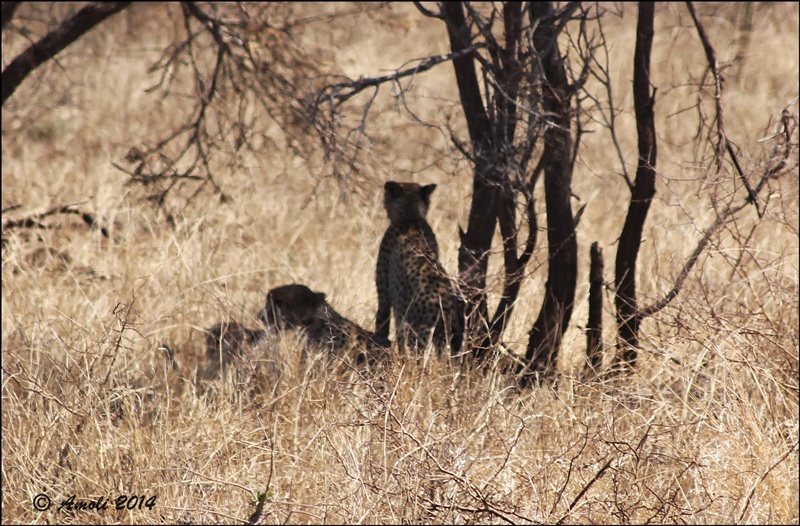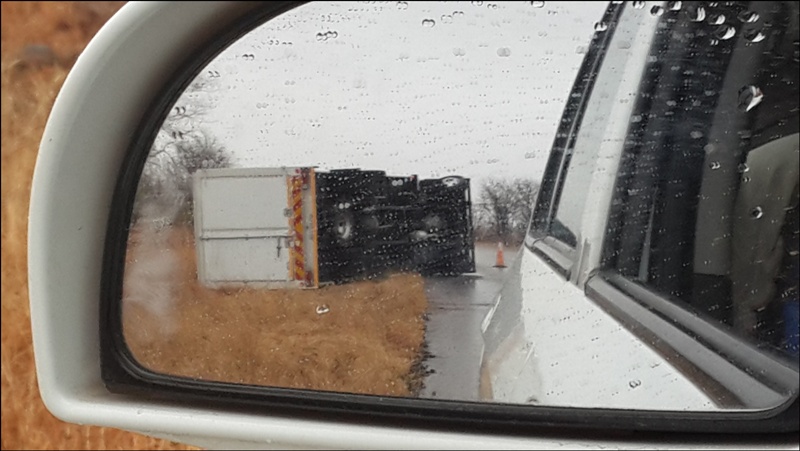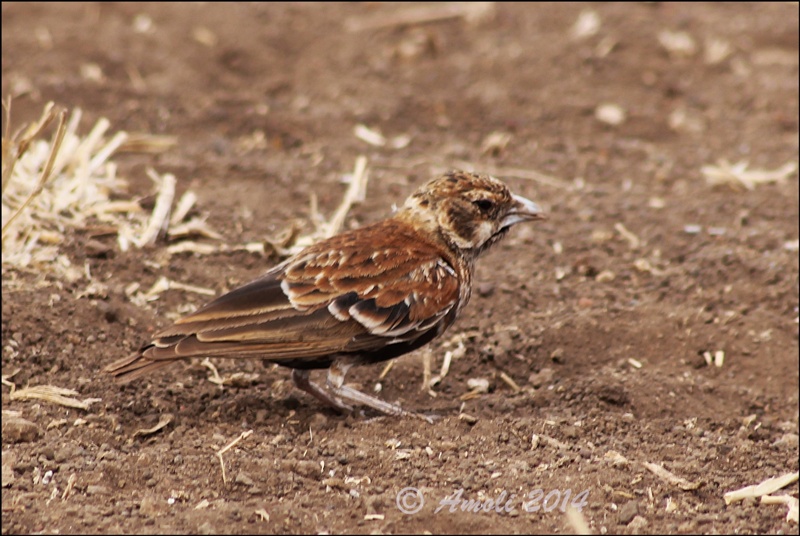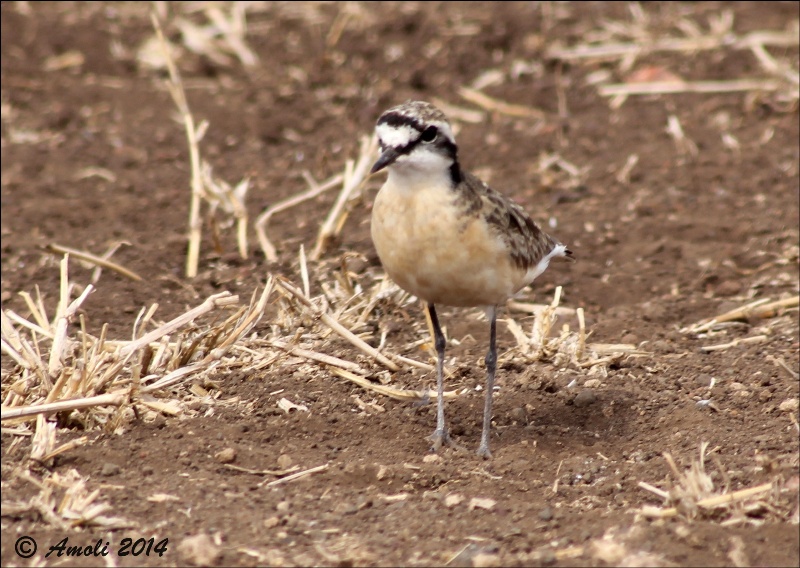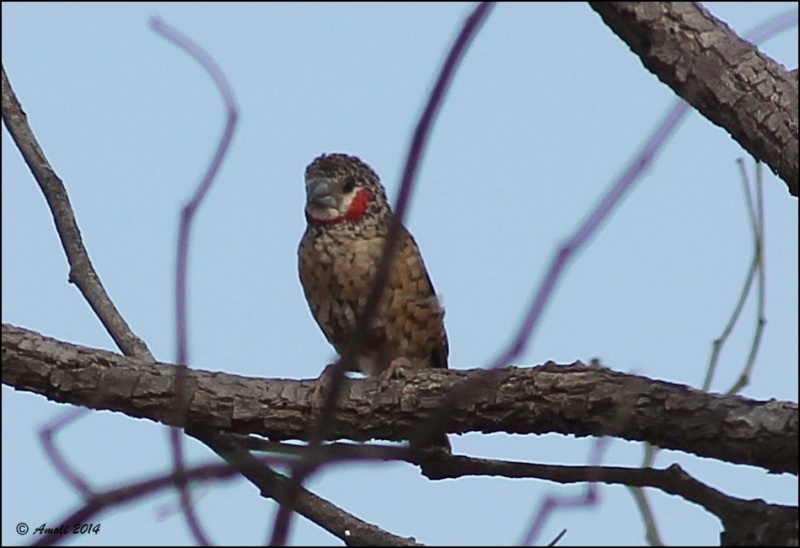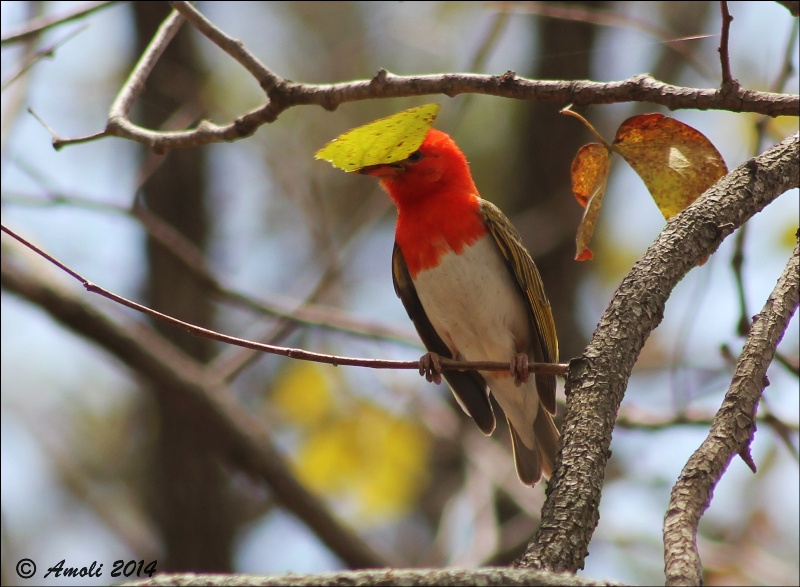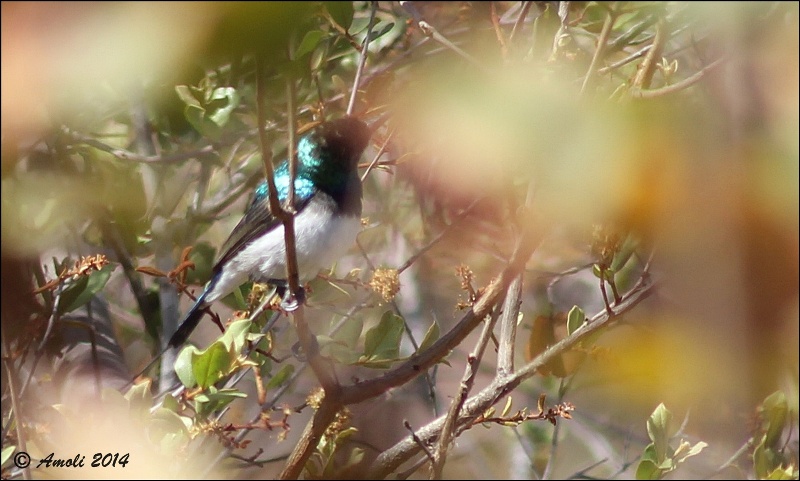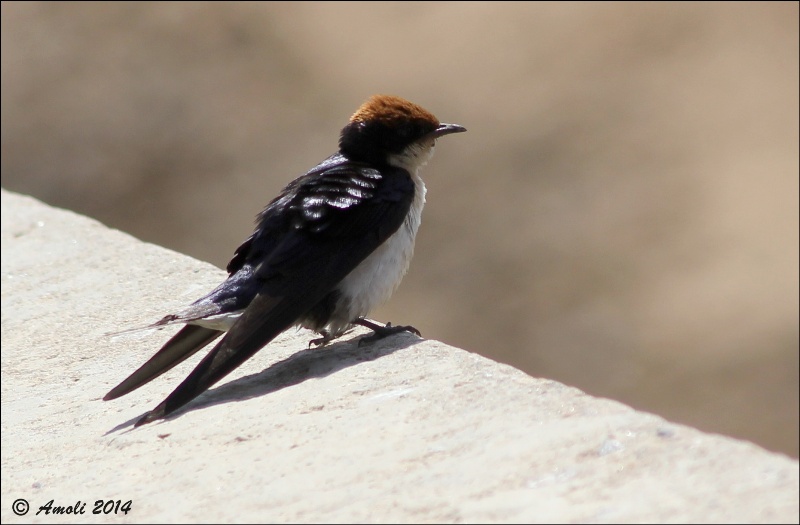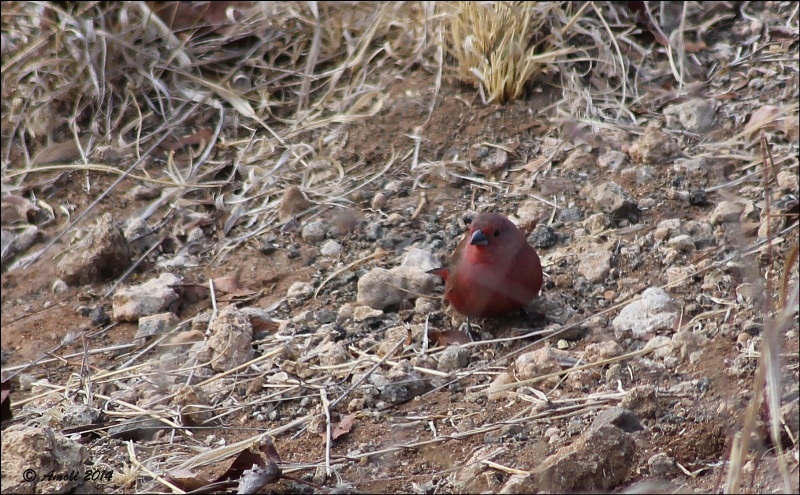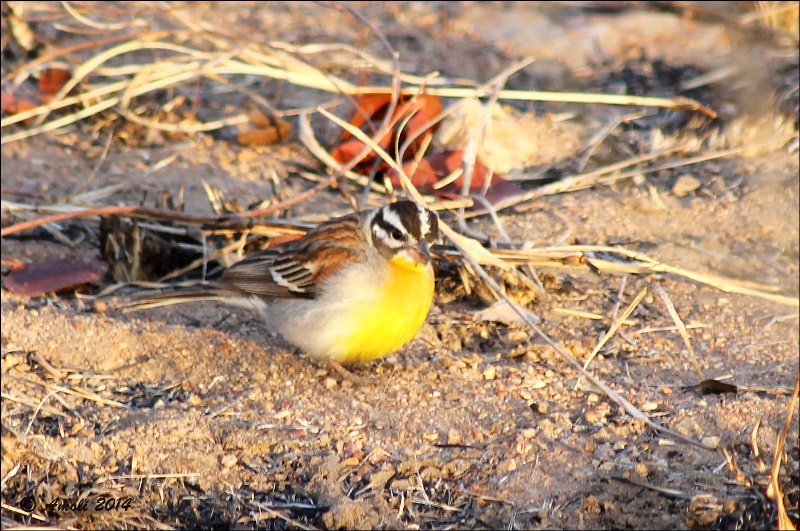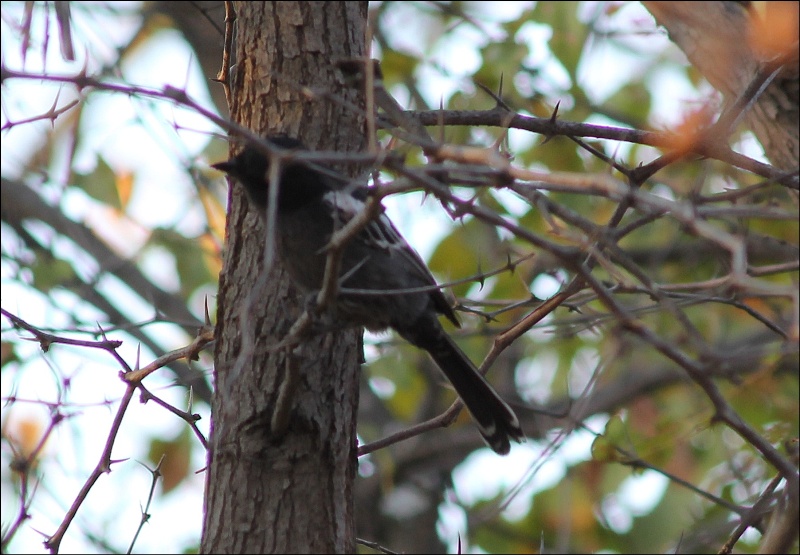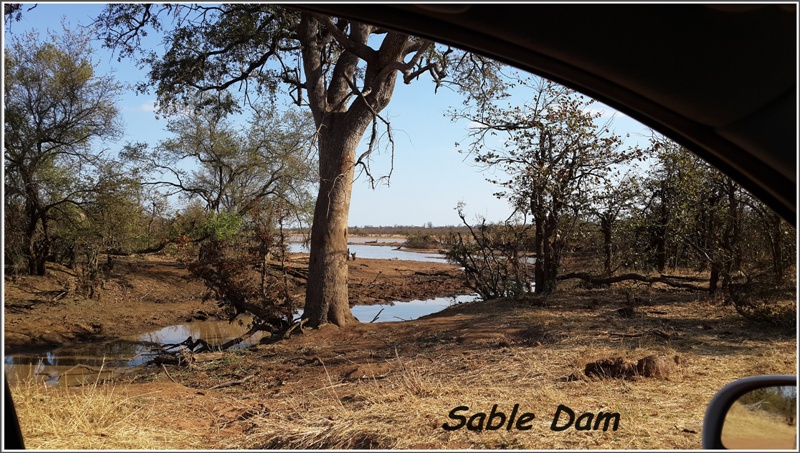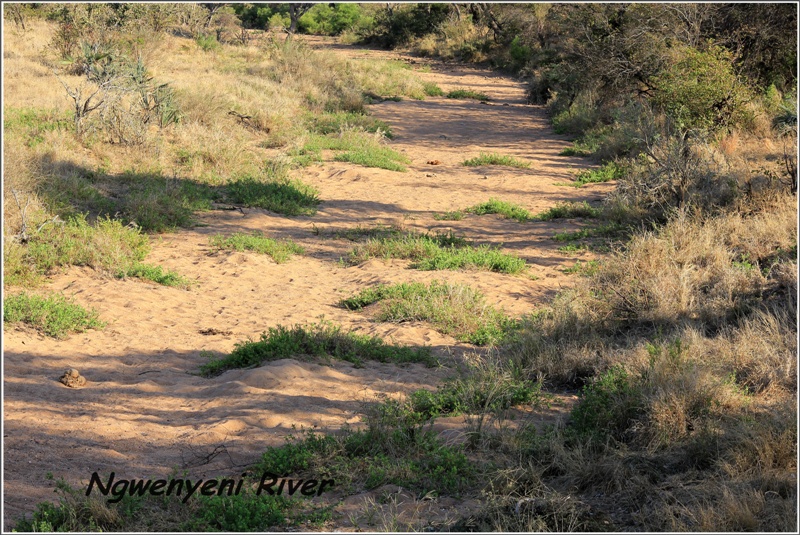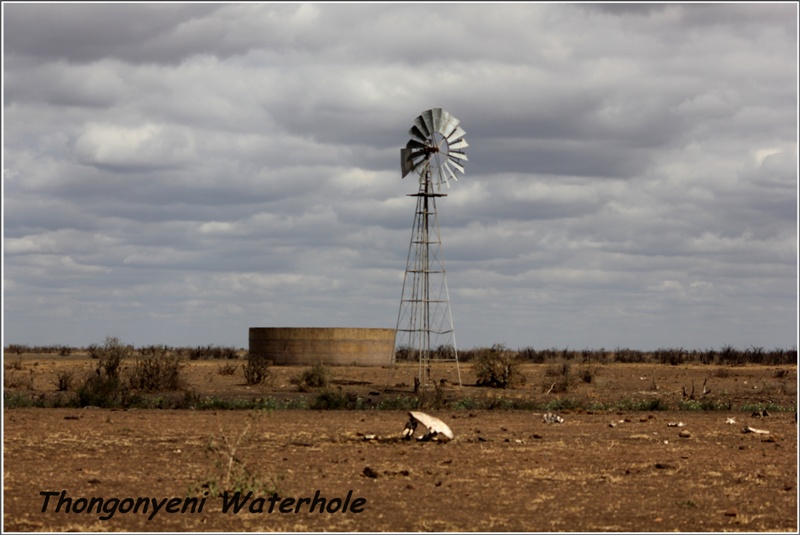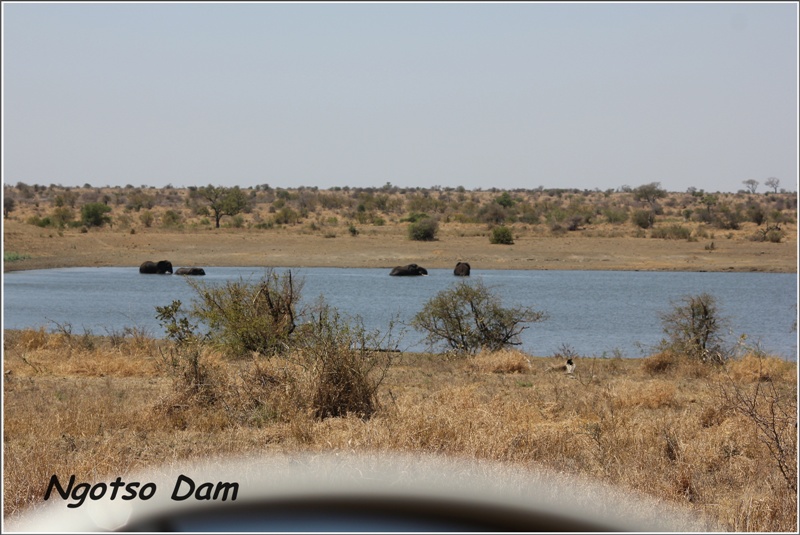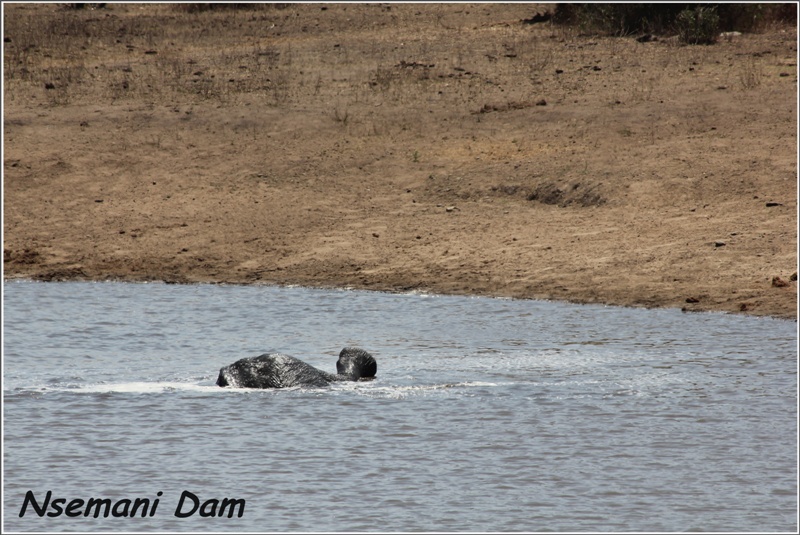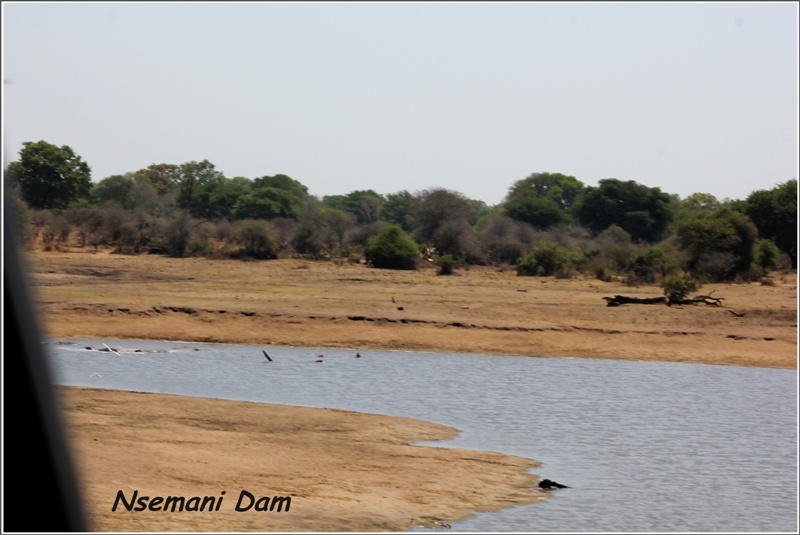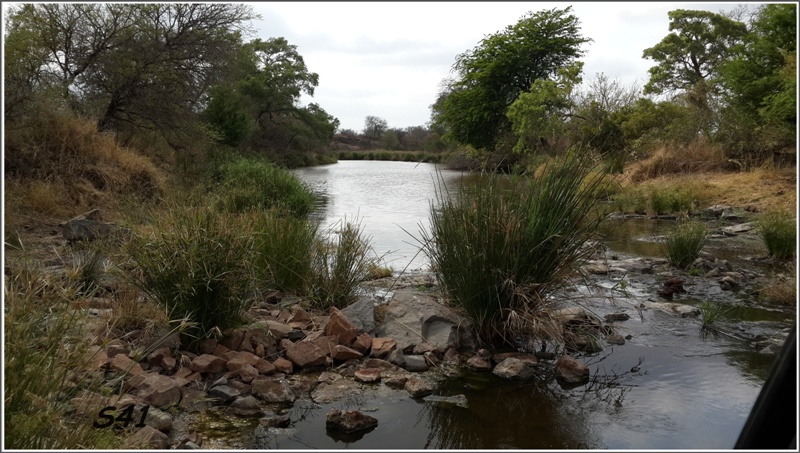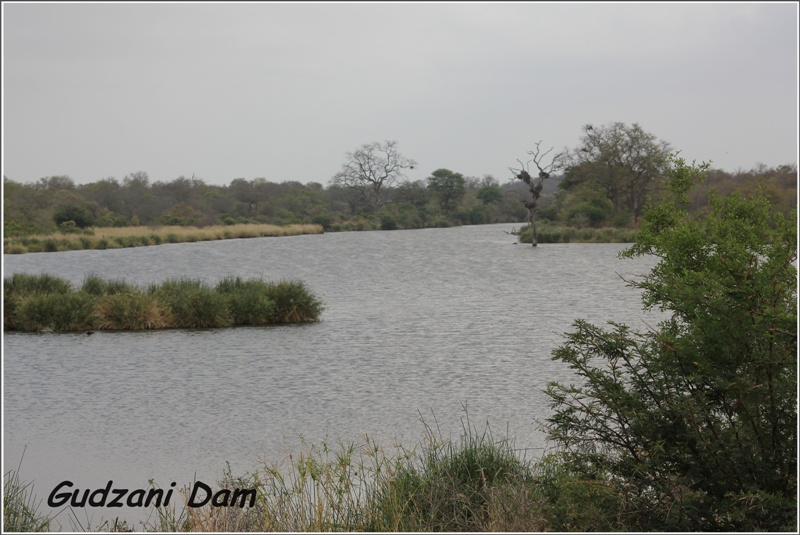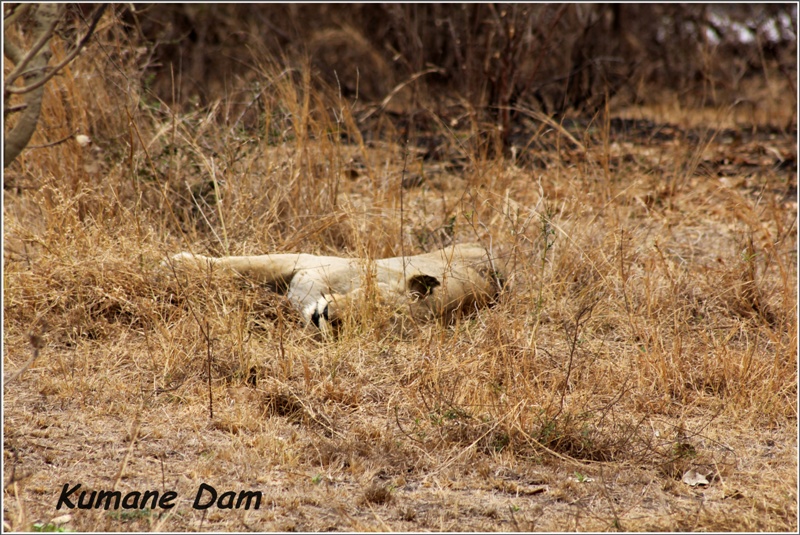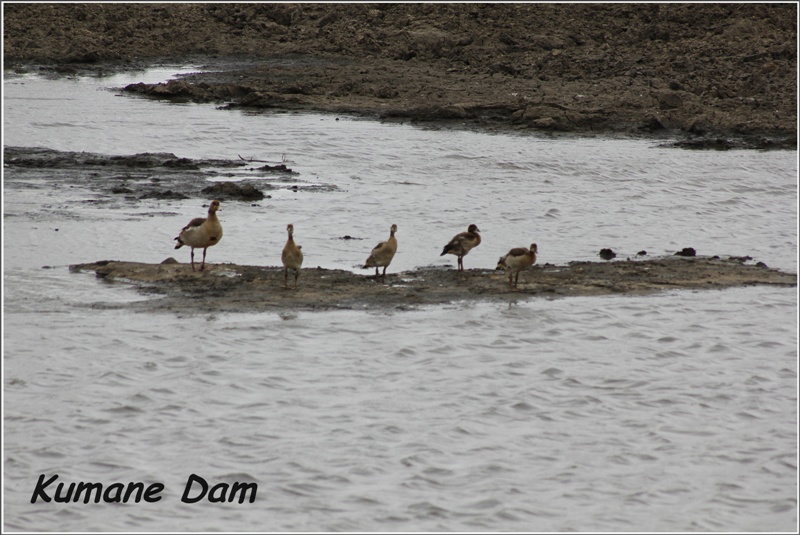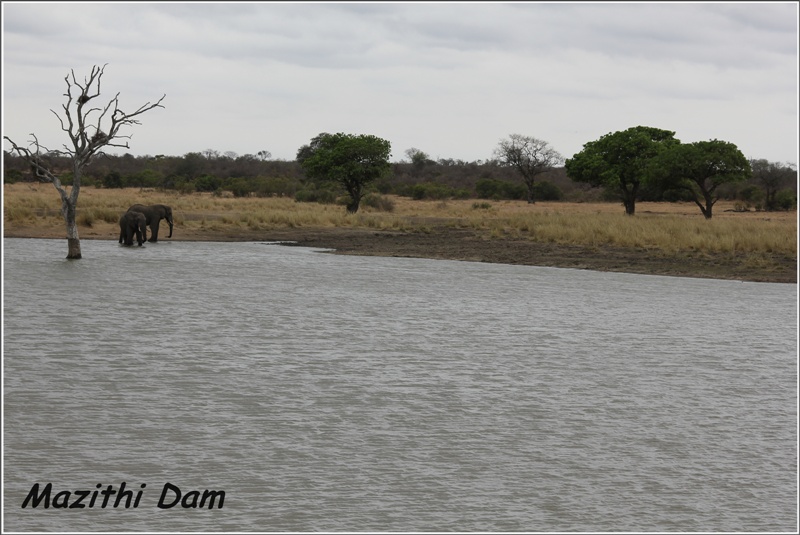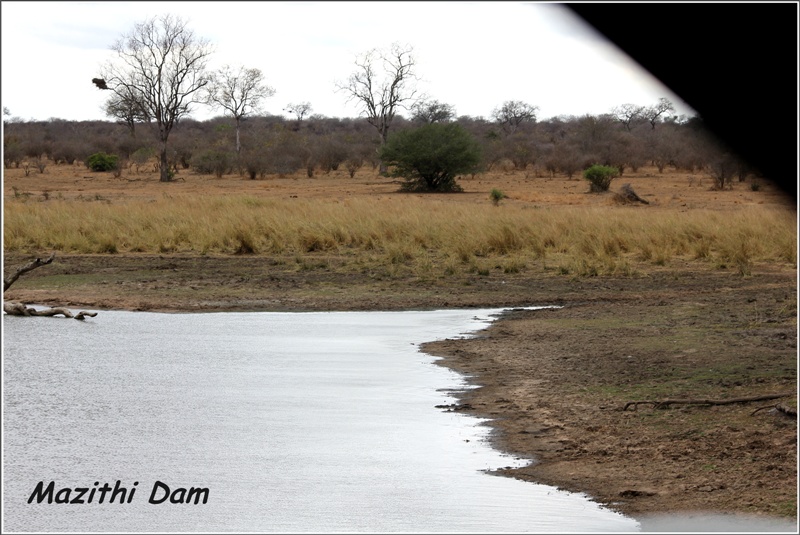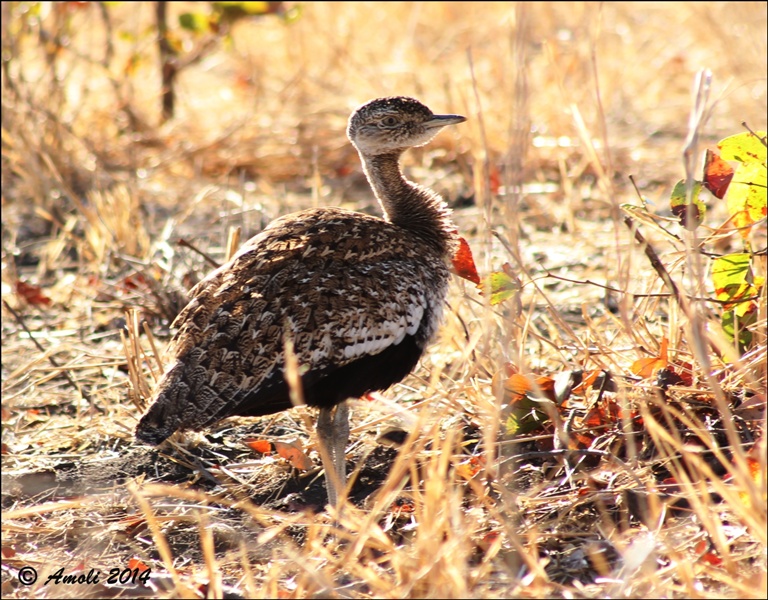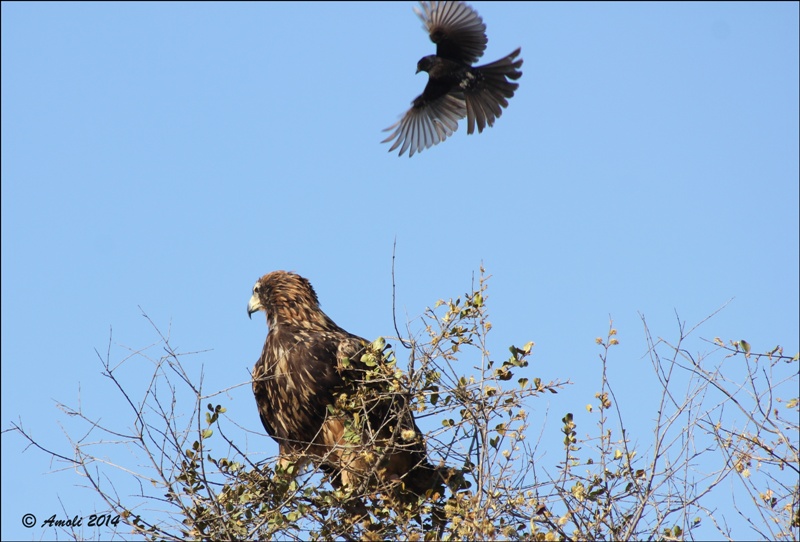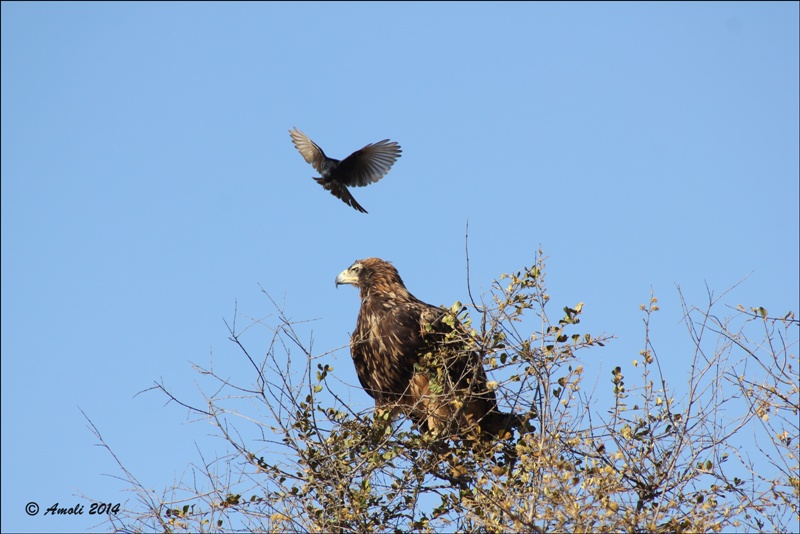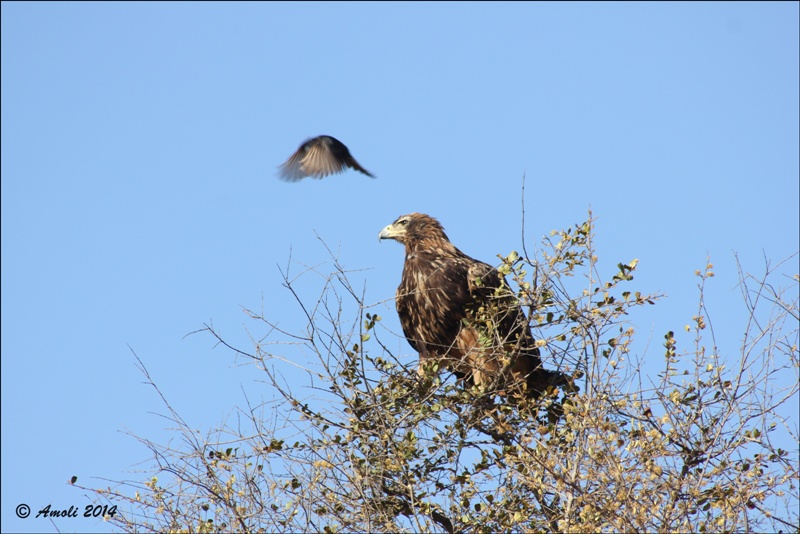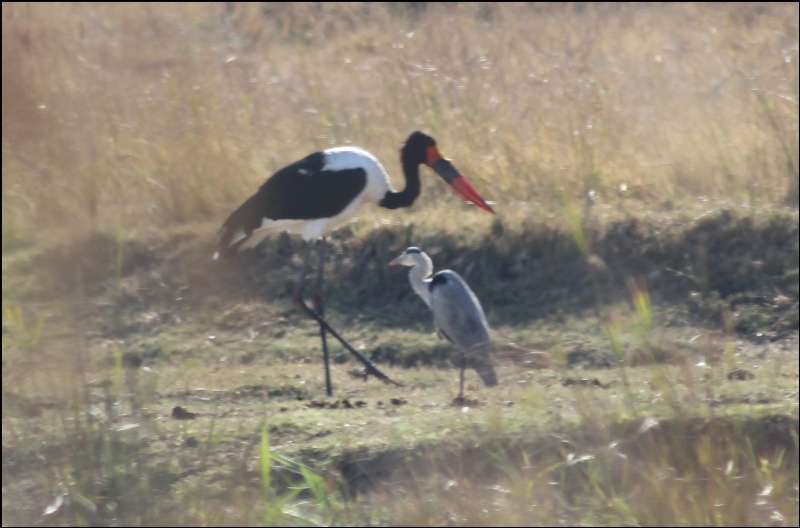Re: Impressions of Kruger - October 2014
Posted: Tue Oct 28, 2014 5:17 pm
On the S41 I came across lions on a Waterbuck kill.
I tried counting them, and with some accuracy got to 5 females and 6 cubs – but they kept coming and going, and I lost count at times.

One lioness seemed to be the mother and quite content for her cubs to feed, and feed, and feed.
It reminded me of my Dad who would say : don’t leave here hungry, you must eat as if there is no tomorrow.
I think we all struggle to teach our kids, there is a tomorrow, though that rule is not valid in the animal life.
In the pics, just see how round their tummies are already.

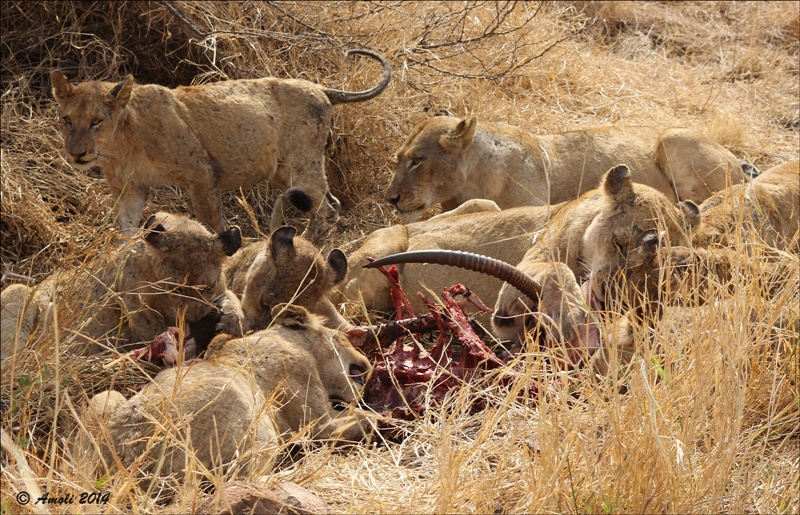

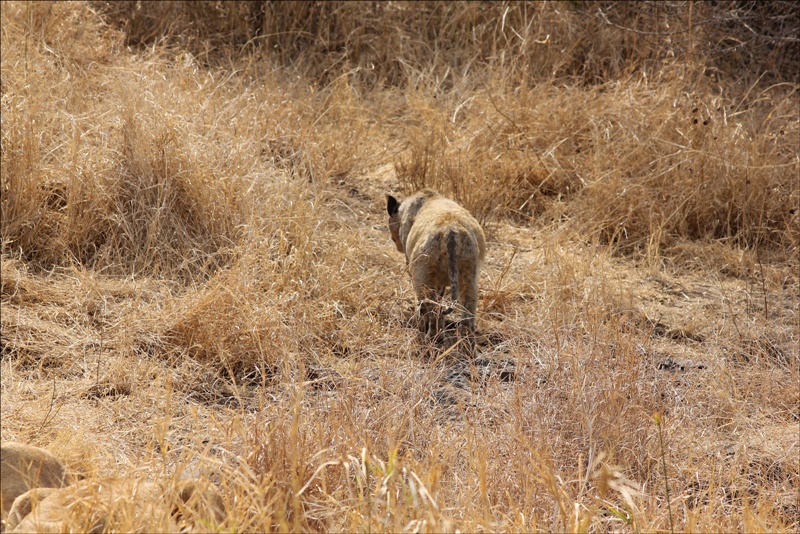

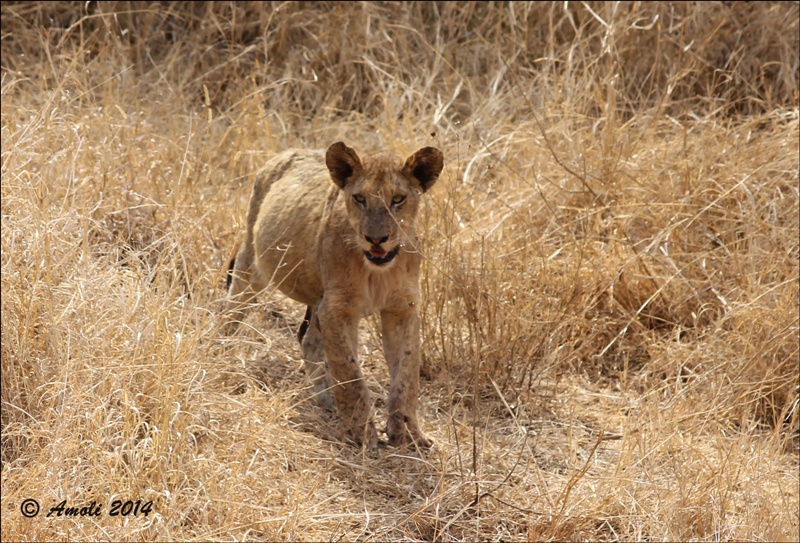
I tried counting them, and with some accuracy got to 5 females and 6 cubs – but they kept coming and going, and I lost count at times.
One lioness seemed to be the mother and quite content for her cubs to feed, and feed, and feed.
It reminded me of my Dad who would say : don’t leave here hungry, you must eat as if there is no tomorrow.
I think we all struggle to teach our kids, there is a tomorrow, though that rule is not valid in the animal life.
In the pics, just see how round their tummies are already.






